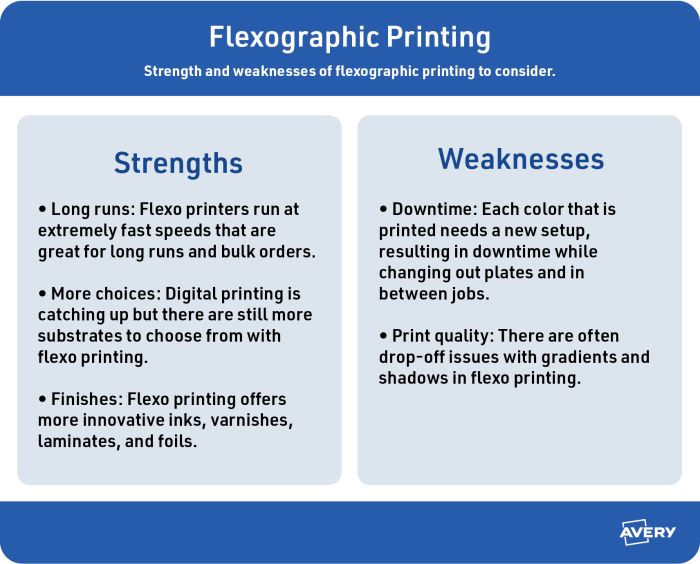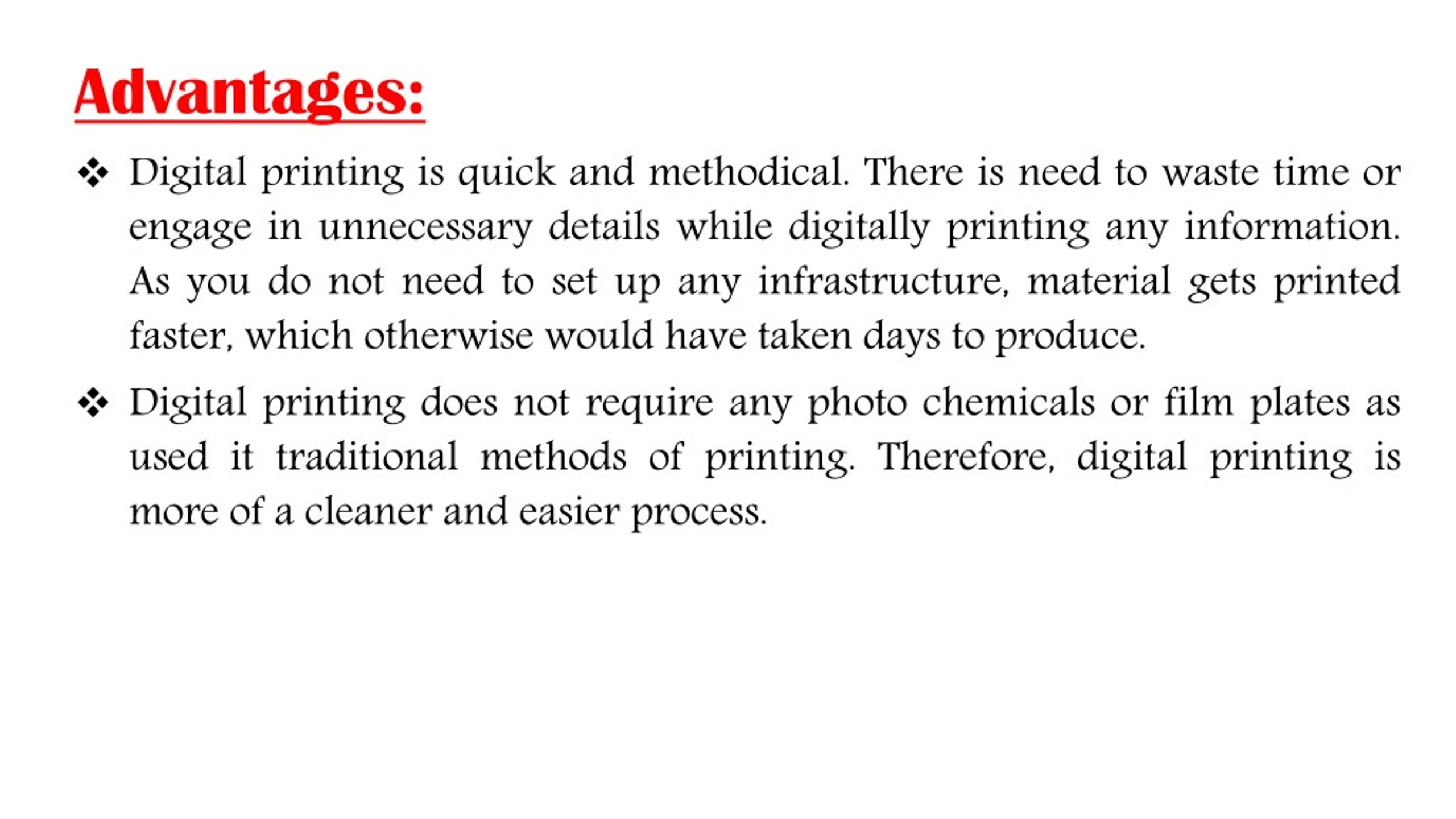The Ultimate Guide To Digital Printing
The Ultimate Guide To Digital Printing
Blog Article
Facts About Digital Printing Revealed
Table of ContentsDigital Printing Can Be Fun For EveryoneExcitement About Digital PrintingDigital Printing Things To Know Before You BuyThe smart Trick of Digital Printing That Nobody is DiscussingRumored Buzz on Digital PrintingMore About Digital Printing
Variable data printing, such as direct mail with customized codes and addresses, is ideally suited for digital printing. Digital quick printing just needs four steps of style, testimonial, printing and binding to obtain whatever done. Digital fast printing has an unparalleled advantage: print on need.According to PMMI, digital printing permits brands and suppliers to react quickly to client demands while enhancing the supply chain, lowering warehousing expense and waste, and enjoying faster time to market. That all sounds wonderful, yet exactly how does this technology do all that? The major differentiator of these technologies is that there are no set up fees and no plates with electronic printing.
7 Simple Techniques For Digital Printing
According to Wikipedia, the best distinction in between electronic printing and traditional approaches such as lithography, flexography, gravure, or letterpress - Digital Printing is that there is no demand to replace printing plates in digital printing, whereas in these analog printing approaches the plates are consistently changed. This leads to quicker turnaround time and lowers expense when making use of electronic printing.
Digital printing is extremely adaptable, so it's very easy to make adjustments to the package design promptly. It all goes back to the plates.
With traditional printing methods, short-run printing is just not possible. Since a wonderful style can make or break your product, electronic printing constantly creates high-quality, clear and vivid graphics each time.
Digital printing is the procedure of printing digital-based photos straight onto a variety of media substratums. There is no requirement for a printing plate, unlike with countered printing. Digital files such as PDFs or desktop computer posting documents can be sent straight to the digital printing press to publish on paper, picture paper, canvas, fabric, synthetics, cardstock and other substrates.
All about Digital Printing
According to PMMI, digital printing enables brand names and manufacturers to respond rapidly to consumer demands while enhancing the supply chain, minimizing warehousing cost and waste, and delighting in faster time to market. That all audios excellent, however how does this modern technology do all that? The major differentiator of these innovations is that there are no set up charges and no plates with electronic printing.
According to Wikipedia, the best distinction in between digital printing and typical techniques such as lithography, flexography, gravure, or letterpress is that there is no requirement to change printing plates in digital printing, whereas in these analog printing methods the plates are repeatedly replaced. This results in quicker turn-around time and decreases price when using electronic printing.

The 20-Second Trick For Digital Printing
With traditional printing methods, short-run printing is simply not possible. Because a terrific style can make or break your item, digital printing regularly produces high-grade, clear and vivid graphics each time.

According to PMMI, digital printing allows brands and suppliers to react swiftly to client demands while improving the supply chain, minimizing warehousing expense and waste, and enjoying faster time to market. That all noises wonderful, however just how does this innovation do all that? The significant differentiator of these innovations is that there are no set up charges and no plates with electronic printing.
Digital Printing for Beginners
According to Wikipedia, the best difference in you could try these out between digital printing and traditional methods such as lithography, flexography, gravure, or letterpress is that there is no need to change printing plates in digital printing, whereas in these analog printing approaches the plates are consistently changed. This results in quicker turnaround time and lowers cost when utilizing electronic printing.
Digital printing is extremely adaptable, so it's simple to make changes to the plan layout promptly. It all goes back to the plates.

What Does Digital Printing Mean?
Digital printing is the process of printing digital-based images straight onto a variety of media substratums. There is no need for a printing plate, unlike with offset printing. Digital files such as PDFs or desktop computer posting documents can be sent out straight to the electronic printing machine to publish theoretically, picture paper, canvas, fabric, synthetics, cardstock and other substratums.
Report this page